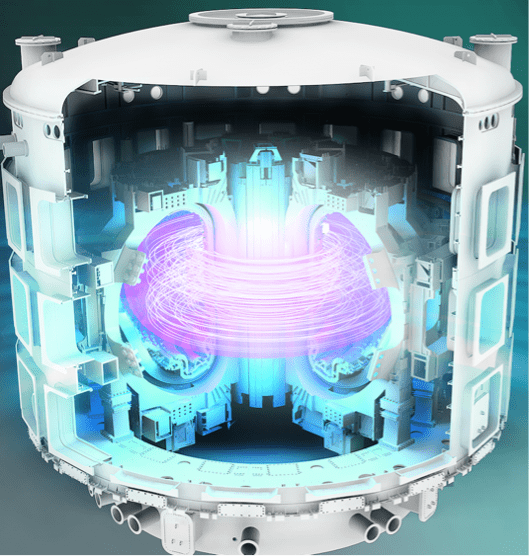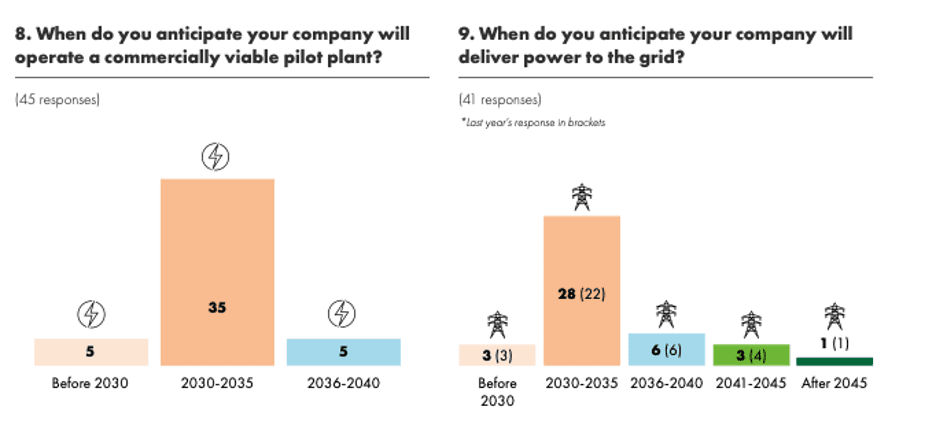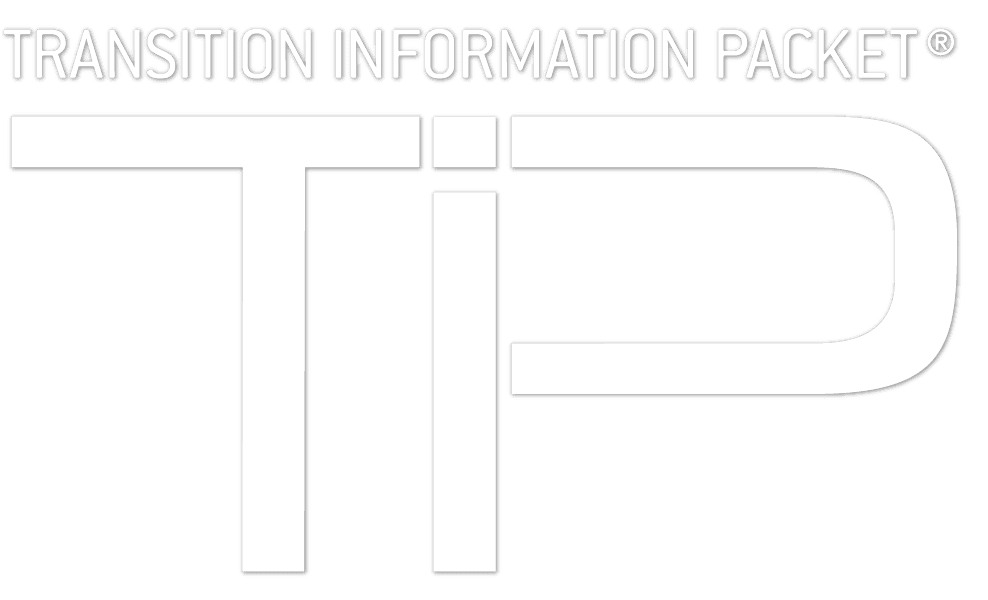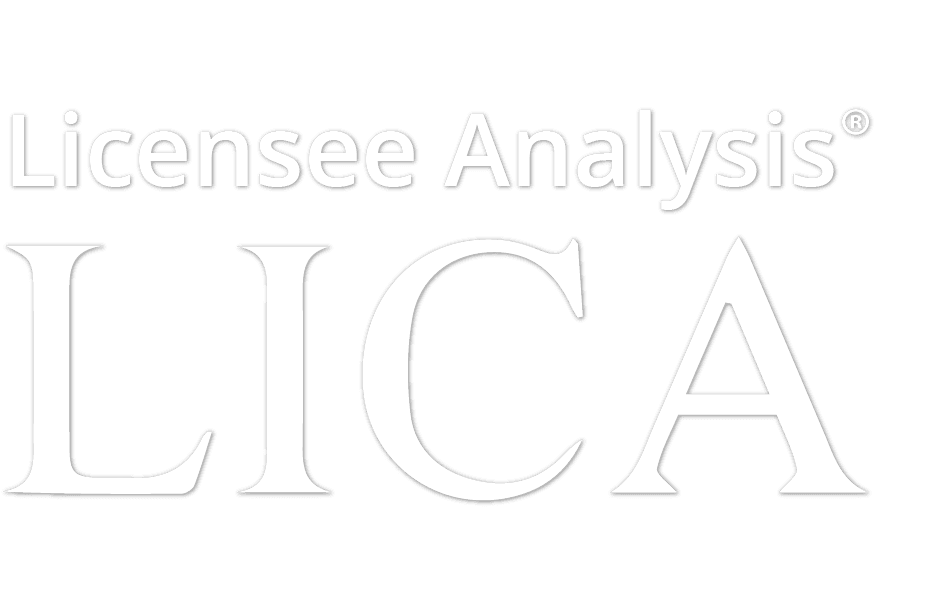The pursuit of technologies that can reduce the amount of carbon dioxide in the atmosphere is becoming more crucial. Findings from the Sixth Assessment of the Intergovernmental Panel on Climate Change (IPCC), show that as of 2020, there can only be an additional 500 gigatons (Gt) of CO2 emitted to have a chance of preventing warming from exceeding 1.5o C. Therefore, industries such as the chemical industry, which produce widespread carbon dioxide emissions are being charged with finding new ways to limit the carbon footprint of the industry. One potential solution is direct air capture (DAC), which involves carbon-neutral or negative methods for producing commodity chemicals. DAC systems are a potentially viable option to be combined with conversion to green commodity chemicals.
According to MarketsandMarkets, the carbon capture, utilization, and storage market size is $2.4 billion in 2022 and is predicted to reach $4.9 billion by 2027 with a compound annual growth rate (CAGR) of 15.1%. The increase in the number of environmental regulations is driving the need for carbon capture technologies. One of the major challenges of storage technologies is the possible leakage of CO2, which can cause contamination of water and acidification of soils, as well as leakage through wells. Frost & Sullivan also provides market information for carbon capture technologies and their short term applications including coal-fired power plants, cement manufacturing, iron and steel, and chemical production. Direct air capture systems will help to have a larger impact on decarbonization strategies long term.
The Institute for Global Sustainability at Boston University published a market scan for direct air carbon capture and storage. The cost estimates for Direct Air Carbon Capture and Storage (DACCS) systems range from 100-1,000 $/tCO2 captured depending on the technological readiness and scale of deployment. The needs of direct air capture technologies include a verification system for the amount of CO2 that is permanently stored, and an accounting framework for the net reduction in atmospheric C02. However, it cannot be used as a substitute for emissions reduction, and it needs to be incorporated into regulatory schemes for emissions reduction compliance while not exacerbating energy and environmental inequities in marginalized communities. There is currently no city or municipality using direct air capture as a part of their climate action plan, but new federal initiatives could accelerate the use of direct air technologies. Additionally, the Inflation Reduction Act specifies credits of $180/metric ton for DACCS projects using geological storage.
The U.S. Department of Energy (DOE) is supporting regional direct air capture hubs to remove carbon from the atmosphere. The four large-scale hubs will involve carbon dioxide removal projects including the widespread deployment of direct air capture technologies. The DOE’s Office of Fossil Energy and Carbon Management (FECM) is investing in research of DAC technologies and helping bring them to market. More than $1 billion has been invested by government agencies and private investors for these technologies and over $350 million has been invested in the National Carbon Capture Center where scientists are working on developing DAC systems. The office also provides an interactive diagram for carbon management provisions which provides funding opportunities and fact sheets for the different subsections of carbon management, that can be accessed here.
Some of the upcoming conferences on carbon in 2023 are listed below with links to the events included.
- International Conference on Carbon Capture, Storage Technologies and Carbon Capture and Storage Network – April 24-25, 2023, New York, New York
- Carbon Capture Summit – June 2023, Amsterdam, Netherlands
- Carbon Capture Technology Expo – June 28-29, 2023, Houston, Texas
- World Conference on Carbon – July 16-21, 2023, Cancun, Mexico







